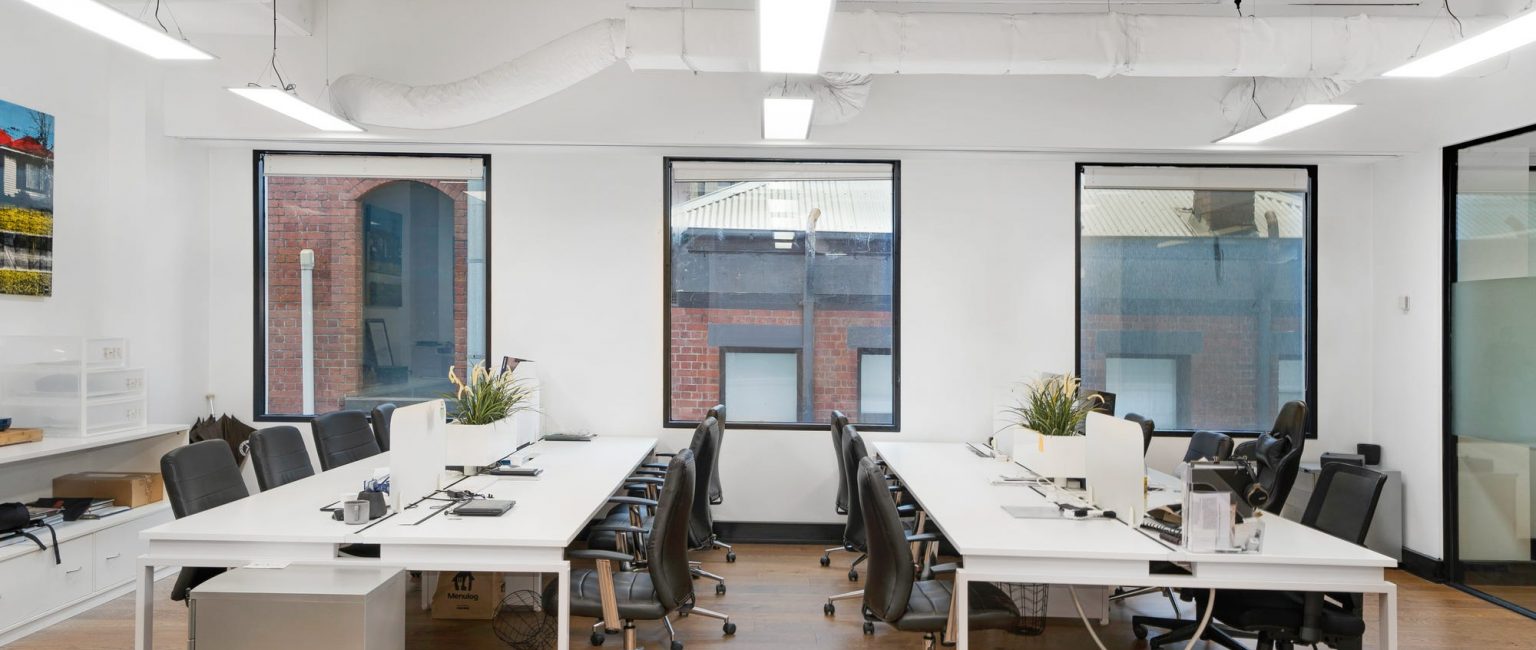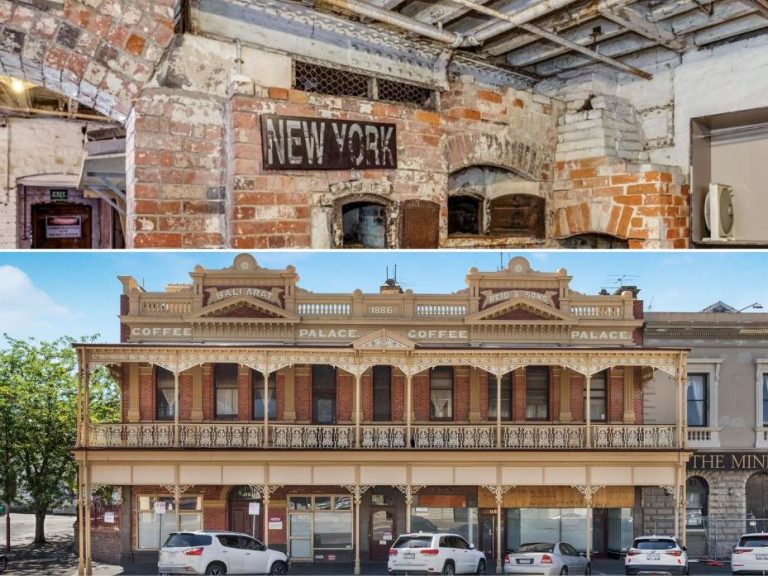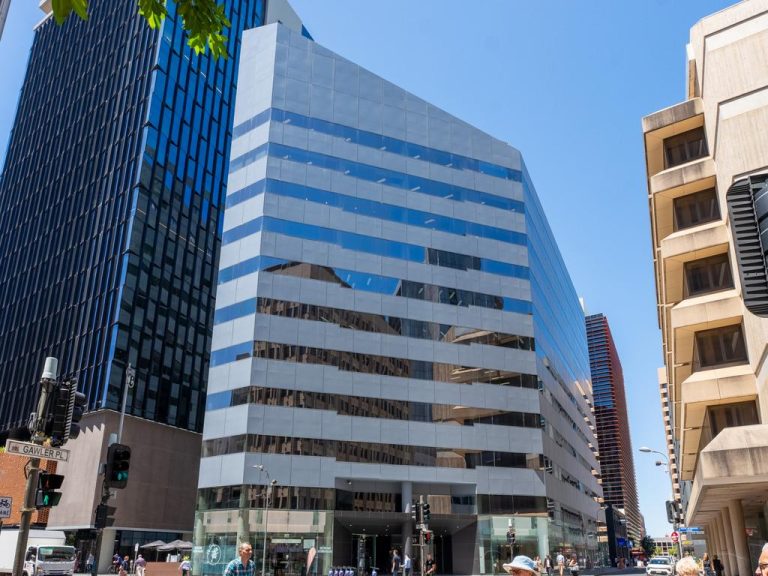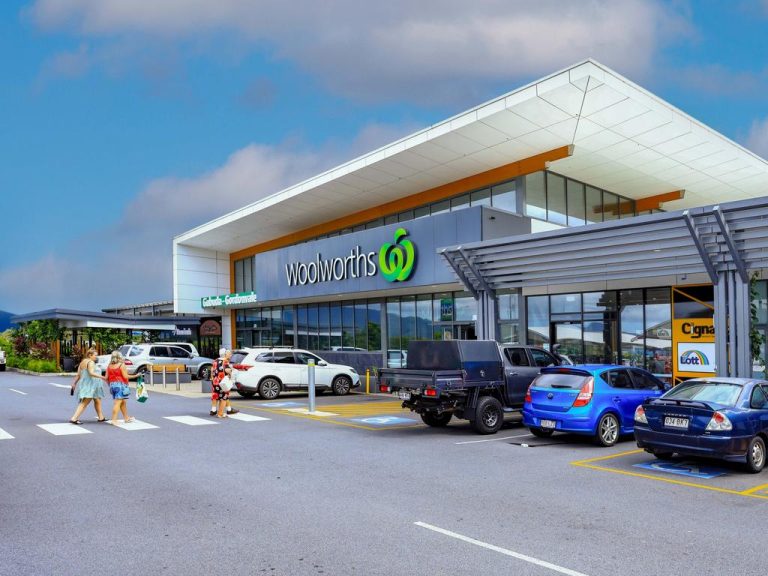Office occupancy data shows our CBDs are changing

Office occupancy levels have remained steady during the latest wave of Omicron and flu infections, but experts says the latest Property Council survey data shows that CBDs are changing.
On Thursday the latest office occupancy survey data was released showing that rates in Sydney had held firm with a rise from 52% in July to 53% in August while in Melbourne office occupancy had risen from 38% in July to 39% in August.
In Adelaide occupancy rates had risen from 64% in July to 71% in August and in Brisbane rates had risen from 53% to 57%. In Canberra rates had risen 61% in July to 64% in August, while in Perth, rates dropped from 71% to 69%.
The monthly figures, which have shown workers around the country slowly heading back into the office also show Australian CBDs are “just in a transition” according to PropTrack economist Anne Flaherty.
“So we know from real commercial data, leasing enquiries and the number of office spaces being leased that the office market is still actually going very strongly,” she said.
“So what these office occupancy data tells us really is the number of people taking up office space on any given date is going to be less moving forwards.”
Flexibility vital for major businesses
The August office occupancy rates show that what companies want from offices has really shifted and more businesses want flexible space Ms Flaherty said.
“I think one thing we’re definitely starting to see is that tenants still absolutely want to lease office space, they still value their offices. But the way they’re using their offices has changed and also the the amount of space they’re requiring, has changed to a certain extent,” she said.
“So flex space used to sort of be favored by those sort of smaller startups, but the fact that we’re now seeing major office occupiers taking up flex space. I think shows that you know, this is where the market is headed.”
The data highlights that for an increasing number of workers, our CBDs are no longer the place to work according to John Preece, the chief property officer of coworking space provider Hub.
“Among what some people may consider as doom and gloom for office occupancies, suburban office vacancy is actually improving. And in the flexible workspace industry, coworking sites are also nearing capacity once again,” he said.
Regular daily commutes into the heart of the CBD are becoming unrealistic Mr Preece said.
“In fact, I think we should stop comparing office occupancies to pre-pandemic levels once and for all.
“A combination of city congestion and Aussies moving outside the major capitals makes coming in every day seem almost unreasonable.”
Employees wary of getting sick
Property Council chief executive officer Ken Morrison said the August office occupancy results also show rates holding firm at a time when the spread of illnesses like COVID-19 and influenza were at their peak.
“In the previous survey for July we saw occupancy levels go backwards for the first time in six months, so to see the August figures hold steady or nudge slightly higher in most
capitals, despite Covid and flu cases as well as industrial action in Sydney, is a solid outcome,” he said.
“With spring approaching and the Omicron wave having peaked, the recovery momentum towards a new normal should resume,” he said.
The office occupancy data also shows that in the colder months more Australians prefer to work from home Ms Flaherty said.
“Offices are places where it’s very easy to transmit and catch viruses. So we will see more people up to work from home during the winter months moving forwards,” she said.
The August occupancy survey results also show big swings between peak and low days. With the lowest occupancy around the nation, Melbourne saw 51% of offices occupied on a peak day, compared to the 22% on a low day.
In Sydney on a peak day office occupancy rates reached 67% where as on a low day the rate was 35%.

Companies need to ensure their office spaces entice employees to come in more often. Picture: realcommercial.com.au/for-sale
Offices key to attracting great talent
The results also highlight “a flight to quality” Ms Flaherty said, noting that it’s currently an employees market and businesses need to work harder to have their employees return to the office more often.
“So what we’ve seen is that vacancy rates in lower quality offices have increased, as some businesses move away from those less desirable office spaces towards nicer spaces.
“And I think that we will continue to see that trend. Especially because if you’re an employer and you want to incentivize your workers to come to the office, you need to make sure that you have a lovely office to come to,” she said.







